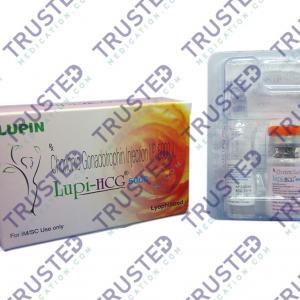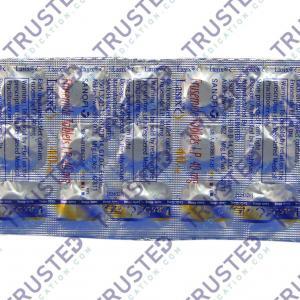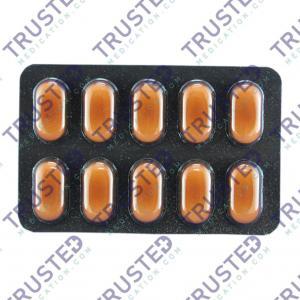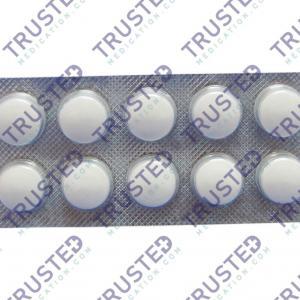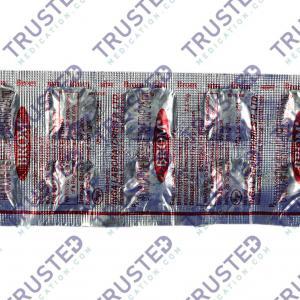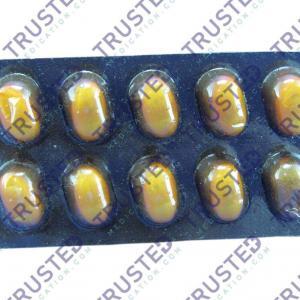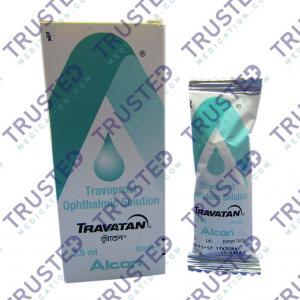
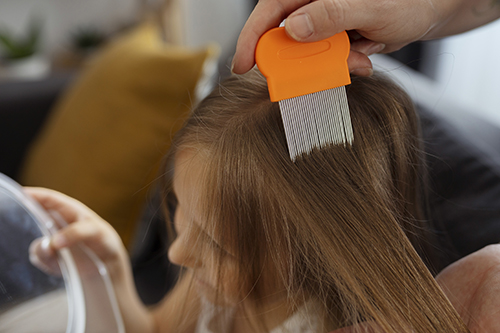
Head lice are tiny insects that feed on blood from the human scalp and it affects mostly children. It spread through direct transfer from the hair of one person to the hair of another. There is no correlation between having head lice and poor hygiene or an unclean living environment.
Signs and Symptoms of Head Lice
Common signs and symptoms of head lice may include:
- Lice on the scalp. Due to their small size, avoidance of light, and quick movement, lice may be difficult to spot.
- Lice eggs on hair shafts. Because they are very small, nits are difficult to see on hair shafts. The easiest places to find them are around the ears and at the hairline of the neck. However, the presence of nits does not mean there are live lice.
- Itching. Itching on the scalp, neck, and ears is one of the most common symptoms of head lice. This is an allergic reaction to louse bites.
- Sores on the scalp, neck, and shoulders. Small, red bumps caused by scratching can sometimes become infected with bacteria.
What Causes Head Lice?
Head lice feed on human blood from the scalp. Each egg is firmly attached to the hair shaft by a sticky substance produced by the female louse. Head lice also crawl, but they can’t jump or fly. In families or among children who have close contact at school or play, head lice are usually transmitted directly from head to head. Some sources or causes of the spread of head lice are personal items such as:
- Hats and scarves
- Brushes
- Combs
- Hair accessories
- Pillows, towels, and upholstery
How to Prevent the Spread of Head Lice?
It is difficult to prevent the spread of head lice among children in childcare facilities and schools because there is so much close contact. However, to help prevent head lice from spreading, you may tell your child to:
- Avoid lying on beds, couches, or pillows that have been in contact with a person who has head lice
- Hang clothes on a separate hook from other children’s clothes
- Avoid sharing combs, brushes, hats, and scarves
Treatment of Head Lice
You may be prescribed medication available without a prescription for killing lice and nits. These medications may not kill recently laid eggs. To kill nymphs after they hatch, but before they become adult lice, a second treatment is usually necessary. Prescription medication may also help treat severe head lice.
Ivermectin for Head Lice
Additionally, Ivermectin is available by prescription as a tablet to be taken by mouth along with the nonprescription lotion. It can be given to children if other topical treatments don’t rid the scalp of head lice. Head lice are considered parasites. Therefore, using ivermectin can stop the adult one from producing eggs. It kills the newly developed parasite and works to treat the infection.

